Home>Furniture & Design>Interior Design Trends>How To Become A Glass Blower
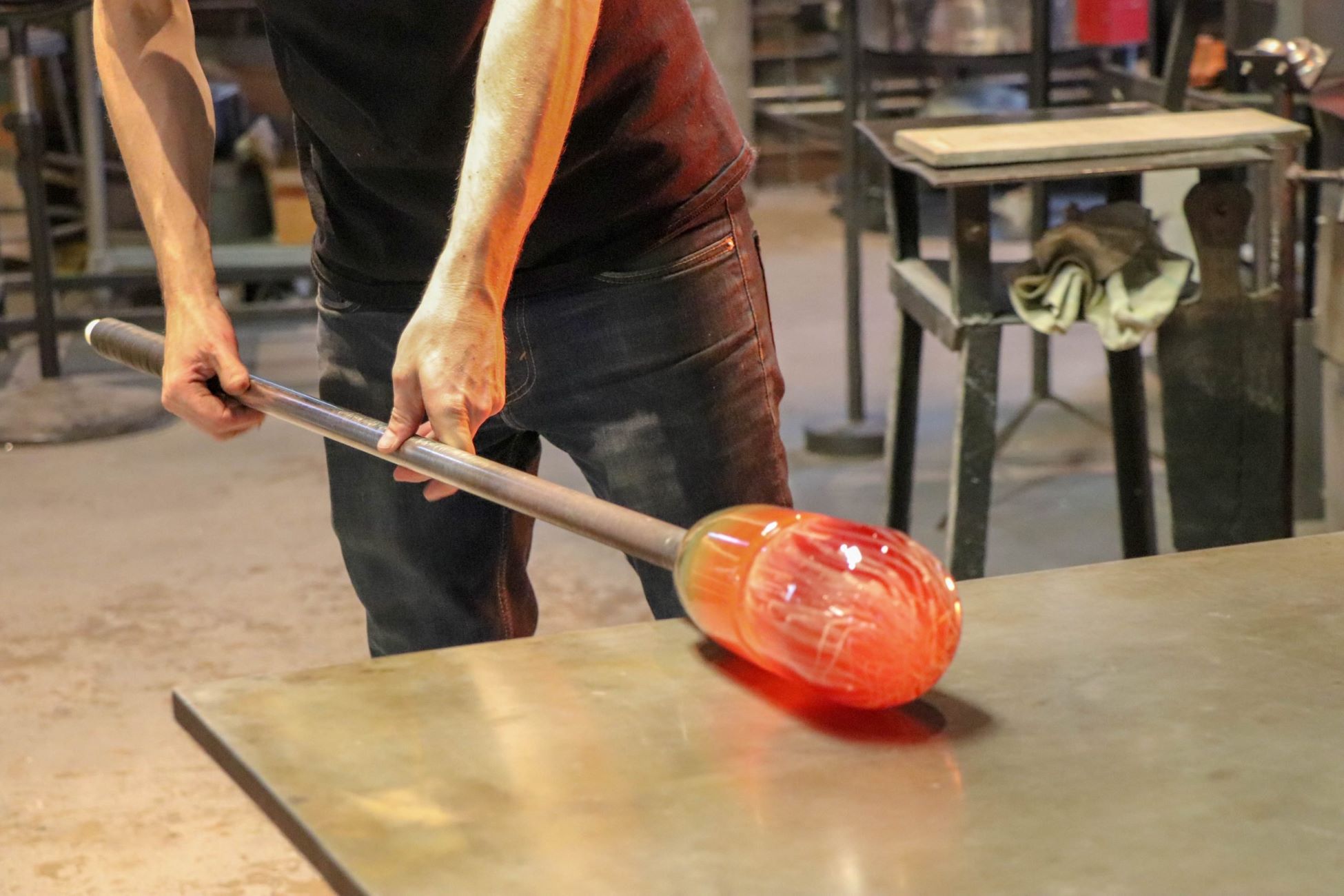

Interior Design Trends
How To Become A Glass Blower
Modified: April 22, 2024
Learn the latest interior design trends and discover how to become a skilled glass blower with our comprehensive guide. Master the art of glass blowing and elevate your interior design projects.
(Many of the links in this article redirect to a specific reviewed product. Your purchase of these products through affiliate links helps to generate commission for Storables.com, at no extra cost. Learn more)
Introduction
Have you ever been captivated by the mesmerizing beauty of handcrafted glass art? The art of glass blowing has a rich history dating back to ancient times, and it continues to enchant and inspire people around the world. If you've ever dreamed of creating your own stunning glass masterpieces, then embarking on the journey to become a glass blower could be an incredibly rewarding pursuit.
Glass blowing is a captivating and intricate art form that requires skill, creativity, and dedication. It offers a unique blend of artistic expression and technical precision, making it a truly fascinating craft to explore. As you delve into the world of glass blowing, you'll discover the magic of transforming molten glass into exquisite works of art, each piece infused with your creativity and passion.
Embarking on the path to becoming a glass blower is an exciting and fulfilling endeavor that opens the door to a world of artistic possibilities. Whether you're drawn to the delicate beauty of glass ornaments, the vibrant hues of glass sculptures, or the functional elegance of glassware, learning the art of glass blowing empowers you to bring your artistic visions to life in a tangible and breathtaking form.
As you embark on this journey, you'll immerse yourself in a world where tradition meets innovation, where ancient techniques intertwine with modern creativity, and where the possibilities are as limitless as your imagination. The art of glass blowing invites you to explore the boundless potential of molten glass, shaping it into intricate forms that reflect your unique artistic voice.
In the following steps, we will guide you through the transformative process of becoming a glass blower, from laying the foundation of knowledge to honing your skills and building a thriving career in the captivating realm of glass artistry. So, let's embark on this enchanting journey and unlock the secrets of the mesmerizing art of glass blowing.
Key Takeaways:
- Embark on a mesmerizing journey to become a glass blower by researching, finding a studio, taking classes, and building a portfolio. Unleash your creativity and shape molten glass into captivating works of art.
- Invest in the right tools, network with fellow artists, and consider further education to master the intricate art of glass blowing. Embrace the continuous evolution of this captivating craft and shape the future of glass artistry.
Read more: What Is A Glass Blower
Step 1: Research and Learn About Glass Blowing
Before diving into the captivating world of glass blowing, it's essential to embark on a journey of discovery and understanding. Researching and learning about the art of glass blowing lays a solid foundation for your future endeavors in this mesmerizing craft.
Begin by immersing yourself in the rich history of glass blowing, tracing its origins and evolution through the ages. Explore the cultural significance of glass artistry and its enduring impact on various civilizations. Delve into the techniques and methods employed by master glass blowers across different eras, gaining insights into the timeless traditions and innovative approaches that have shaped the art form.
Next, familiarize yourself with the fundamental principles of glass blowing, including the properties of glass, the behavior of molten glass, and the tools and equipment used in the process. Understanding the science behind glass blowing will deepen your appreciation for the art form and provide valuable knowledge as you progress in your journey.
Additionally, take the time to study the diverse styles and genres within glass blowing, from delicate glass ornaments and intricate sculptures to functional glassware and architectural installations. By exploring the breadth of artistic expressions in glass blowing, you'll gain a broader perspective and refine your artistic vision.
As you delve into your research, seek out reputable resources such as books, online tutorials, documentaries, and exhibitions that offer comprehensive insights into the world of glass blowing. Engage with the vibrant community of glass artists, attend workshops, and participate in discussions to gain firsthand knowledge and connect with fellow enthusiasts.
Furthermore, consider visiting glass blowing studios and observing experienced artisans at work. Witnessing the mesmerizing dance of molten glass and the deft skill of master craftsmen will provide invaluable inspiration and deepen your understanding of the art form.
By immersing yourself in the history, techniques, and diverse expressions of glass blowing, you'll lay a solid groundwork for your journey into this captivating realm of artistry. Your research and learning phase will ignite your passion and set the stage for the practical experiences and creative exploration that lie ahead.
Step 2: Find a Glass Blowing Studio or Workshop
Finding a reputable glass blowing studio or workshop is a pivotal step in your journey to become a skilled glass blower. These spaces serve as immersive learning environments where you can gain hands-on experience, refine your techniques, and immerse yourself in the captivating world of glass artistry.
Begin your search by exploring local glass blowing studios and workshops in your area. Utilize online resources, community bulletin boards, and social media platforms to identify establishments that offer glass blowing classes, workshops, or open studio sessions. Consider reaching out to experienced glass artists and enthusiasts for recommendations and insights into the best places to learn and practice the craft.
When evaluating potential studios or workshops, consider factors such as the expertise of instructors, the availability of specialized equipment, and the overall learning environment. Look for facilities that prioritize safety, provide comprehensive instruction, and foster a supportive and collaborative atmosphere for students at all skill levels.
Visiting prospective studios or workshops can provide valuable insights into their offerings and ambiance. Take the opportunity to observe ongoing classes or demonstrations, interact with instructors and students, and assess the quality of the facilities and equipment. Engaging with the glass blowing community in these spaces can also offer networking opportunities and mentorship possibilities as you progress in your journey.
Additionally, inquire about the curriculum and class structure to ensure that the studio or workshop aligns with your learning goals and schedule. Some establishments may offer introductory courses for beginners, intermediate classes for skill development, and advanced workshops for specialized techniques, allowing you to tailor your learning experience to your proficiency and interests.
Furthermore, consider the availability of open studio sessions or practice hours, which provide valuable opportunities to hone your skills outside of structured classes. Access to studio time for independent practice allows you to apply and refine the techniques you've learned, fostering continuous growth and creative exploration.
By finding a reputable glass blowing studio or workshop, you'll immerse yourself in a supportive and enriching learning environment, laying the groundwork for your practical experiences and skill development as you progress on your journey to becoming a proficient glass blower.
Step 3: Take Classes and Practice
Embarking on the exhilarating journey of learning the art of glass blowing involves immersing yourself in structured classes and dedicated practice sessions. This pivotal step is where theoretical knowledge transforms into practical skills, allowing you to refine your techniques, unleash your creativity, and gain invaluable hands-on experience in shaping molten glass into stunning works of art.
Enrolling in glass blowing classes provides a structured and guided approach to mastering the craft. Whether you're a novice or have some experience, introductory classes offer a comprehensive introduction to the fundamental principles of glass blowing, including gathering, shaping, and blowing molten glass. Under the guidance of experienced instructors, you'll learn essential safety protocols, proper tool usage, and the intricate art of manipulating molten glass to create various forms.
As you progress through the classes, you'll delve into advanced techniques, such as creating intricate patterns, incorporating color, and mastering the nuances of shaping and sculpting glass. The hands-on nature of these classes allows you to witness the mesmerizing transformation of molten glass and gain a deep understanding of the material's behavior and potential for artistic expression.
In addition to structured classes, dedicated practice sessions are essential for honing your skills and developing your artistic style. Practice sessions provide the opportunity to apply the techniques learned in class, experiment with different forms and designs, and refine your proficiency in handling molten glass. These sessions also foster a sense of creative exploration, empowering you to push the boundaries of traditional techniques and develop your unique artistic voice.
Furthermore, practicing in a studio environment allows you to benefit from the collective knowledge and experience of fellow glass enthusiasts and instructors. Engaging in collaborative practice sessions and receiving constructive feedback from peers and mentors can significantly accelerate your growth as a glass blower, inspiring new ideas and approaches to your craft.
By actively participating in classes and dedicated practice sessions, you'll not only refine your technical skills but also cultivate the artistic intuition and creative vision essential to becoming a proficient glass artist. This immersive learning experience forms the cornerstone of your journey, empowering you to transform molten glass into captivating works of art that reflect your passion and dedication to the mesmerizing art of glass blowing.
Practice patience and perseverance. Glass blowing is a skill that takes time to master. Keep practicing and learning from experienced glass blowers to improve your technique and artistry.
Step 4: Invest in the Right Tools and Equipment
As you progress in your journey to become a skilled glass blower, investing in the right tools and equipment is crucial to your success in mastering this captivating art form. The tools and apparatus used in glass blowing play a pivotal role in shaping, manipulating, and crafting molten glass into exquisite works of art. By acquiring high-quality tools and equipment tailored to your specific needs, you can elevate your craft and unlock your full creative potential.
One of the essential tools for any glass blower is the blowpipe, a long metal tube used to gather molten glass from the furnace and shape it into the desired form. The blowpipe allows for precise control and manipulation of the molten glass, serving as a fundamental instrument in the glass blowing process. Additionally, a punty, or pontil, is indispensable for transferring and supporting the glass piece during the shaping and finishing stages, enabling intricate details and refined craftsmanship.
Crucial to the glass blowing process is the glory hole, a high-temperature furnace used to reheat the glass between shaping and manipulation stages. The glory hole ensures that the glass remains malleable and workable, allowing for intricate shaping and intricate detailing. Furthermore, a kiln for annealing the finished glass pieces is essential to relieve internal stresses and strengthen the glass, ensuring durability and longevity.
Investing in a comprehensive set of hand tools, including jacks, tweezers, shears, and molds, is vital for executing precise and intricate details in your glass creations. These tools enable you to shape, sculpt, and embellish the molten glass, bringing your artistic vision to life with finesse and precision. Additionally, specialized tools for glass cutting, engraving, and color application expand the possibilities for creative expression and artistic experimentation.
When selecting equipment, prioritize safety and quality, opting for reputable suppliers and manufacturers known for producing durable and reliable glass blowing tools. Consider the specific techniques and styles you aim to explore, as well as the size and scale of the glass pieces you intend to create, to tailor your tool and equipment investments to your artistic aspirations.
By investing in the right tools and equipment, you equip yourself with the means to unleash your creativity and master the intricate art of glass blowing. These essential instruments serve as extensions of your artistic vision, empowering you to shape molten glass into captivating and enduring works of art that reflect your passion and dedication to the mesmerizing world of glass artistry.
Read more: How Does Sand Become Glass
Step 5: Build a Portfolio and Network
Building a compelling portfolio and establishing a strong network are pivotal steps in advancing your career as a glass blower. Your portfolio serves as a visual narrative of your artistic journey, showcasing your proficiency, creativity, and unique style to potential clients, galleries, and collaborators. Simultaneously, nurturing a robust network within the glass art community opens doors to opportunities, mentorship, and collaborations that can propel your career to new heights.
Begin by curating a diverse and captivating portfolio that highlights your best work across different styles, techniques, and forms. Capture high-quality images of your glass creations, ensuring that the photographs effectively convey the intricate details, textures, and colors of each piece. Organize your portfolio to showcase the breadth of your artistic range, from delicate ornaments and sculptures to functional glassware, demonstrating your versatility and mastery of the craft.
In addition to visual documentation, consider including written descriptions of each piece, offering insights into your creative process, inspirations, and the technical skills employed. Providing context and narrative behind your creations adds depth and resonance to your portfolio, inviting viewers to connect with the artistic stories woven into each glass masterpiece.
As you build your portfolio, seek opportunities to exhibit your work at local art shows, galleries, and craft fairs. Participating in exhibitions not only exposes your art to a wider audience but also allows you to receive valuable feedback, engage with fellow artists, and establish connections within the art community. Additionally, consider creating an online portfolio or website to showcase your work to a global audience, leveraging digital platforms to expand your reach and visibility.
Networking within the glass art community is equally essential for fostering professional relationships, mentorship, and collaborative ventures. Engage with fellow glass artists, instructors, and industry professionals through workshops, conferences, and social gatherings. Actively participate in glass art forums, social media groups, and online communities to connect with like-minded individuals, share insights, and stay informed about industry trends and opportunities.
Furthermore, consider seeking mentorship from established glass artists whose work and expertise inspire you. Building meaningful mentor-mentee relationships can provide invaluable guidance, knowledge, and support as you navigate the intricacies of the glass art world, accelerating your growth and opening doors to new possibilities.
By diligently building a captivating portfolio and nurturing a robust network within the glass art community, you position yourself for success and recognition in the dynamic and vibrant realm of glass artistry. Your portfolio becomes a visual testament to your artistic journey, while your network becomes a source of inspiration, collaboration, and professional growth, propelling you toward a fulfilling and impactful career as a skilled glass blower.
Step 6: Consider Further Education or Apprenticeship Opportunities
As you continue to hone your skills and expand your knowledge in the captivating realm of glass blowing, considering further education or apprenticeship opportunities can significantly elevate your expertise and open doors to advanced techniques and specialized training. Whether you aspire to delve deeper into specific glass blowing styles, explore innovative methods, or refine your craftsmanship under the guidance of seasoned professionals, further education and apprenticeships offer invaluable pathways to mastery in this intricate art form.
One compelling option to deepen your understanding of glass blowing is pursuing advanced courses or workshops offered by renowned glass art institutions and studios. These programs often delve into specialized techniques, advanced material manipulation, and artistic concepts, providing a comprehensive and immersive learning experience. By enrolling in advanced education programs, you can refine your skills, expand your artistic repertoire, and gain exposure to cutting-edge practices that push the boundaries of traditional glass blowing.
Additionally, apprenticeship opportunities present a unique and time-honored approach to mastering the art of glass blowing. Apprenticing under established glass artists allows you to immerse yourself in a mentorship dynamic, learning directly from experienced practitioners and absorbing their wealth of knowledge and expertise. Apprenticeships provide a hands-on, personalized learning environment, where you can observe and participate in the creation of intricate glass pieces, refine your techniques, and gain insights into the professional practices and business aspects of the industry.
Furthermore, seeking apprenticeship opportunities with master glass blowers offers a rare chance to learn time-honored techniques, refine your craftsmanship, and gain a deeper understanding of the artistic and technical nuances inherent in the art form. The mentorship and guidance provided during an apprenticeship can profoundly shape your artistic journey, instilling invaluable lessons and fostering a strong foundation for a successful career as a skilled glass blower.
By considering further education or apprenticeship opportunities, you embark on a transformative path toward mastery in the art of glass blowing. These immersive learning experiences not only deepen your technical proficiency but also nurture your artistic intuition, empowering you to create captivating and enduring works of art that reflect your passion, dedication, and unwavering commitment to the mesmerizing world of glass artistry.
Conclusion
Embarking on the transformative journey to become a skilled glass blower is a testament to your passion, dedication, and unwavering commitment to the mesmerizing art of glass artistry. As you reflect on the steps you've taken and the knowledge you've acquired, it's evident that the path to mastering the intricate craft of glass blowing is as rewarding as it is challenging.
Throughout this journey, you've delved into the rich history of glass blowing, immersing yourself in the timeless traditions and innovative techniques that have shaped this captivating art form. You've honed your skills through structured classes, dedicated practice sessions, and the guidance of experienced instructors, witnessing the mesmerizing dance of molten glass and the transformative power of artistic expression.
Finding a reputable glass blowing studio or workshop has provided you with a supportive and enriching learning environment, fostering collaboration, mentorship, and a sense of community within the vibrant world of glass artistry. Your investment in the right tools and equipment has equipped you with the means to unleash your creativity and master the intricate art of shaping molten glass into captivating works of art.
Building a compelling portfolio and establishing a robust network within the glass art community has positioned you for success and recognition, showcasing your proficiency, creativity, and unique style to a global audience. Considering further education or apprenticeship opportunities has opened doors to advanced techniques, specialized training, and mentorship dynamics that will propel your expertise to new heights.
As you conclude this phase of your journey, it's essential to recognize that the art of glass blowing is a continuous evolution, a fusion of tradition and innovation, and a testament to the boundless potential of artistic expression. Your dedication to mastering this captivating craft has laid the foundation for a fulfilling and impactful career as a skilled glass blower, where each piece you create reflects your passion, creativity, and unwavering commitment to the mesmerizing world of glass artistry.
As you embark on the next chapter of your artistic odyssey, remember that the art of glass blowing is not merely a skill to be mastered but a journey of self-discovery, creative exploration, and boundless inspiration. With each breath, each gather, and each delicate manipulation of molten glass, you breathe life into your artistic vision, shaping the future of glass artistry with every exquisite creation.
Frequently Asked Questions about How To Become A Glass Blower
Was this page helpful?
At Storables.com, we guarantee accurate and reliable information. Our content, validated by Expert Board Contributors, is crafted following stringent Editorial Policies. We're committed to providing you with well-researched, expert-backed insights for all your informational needs.
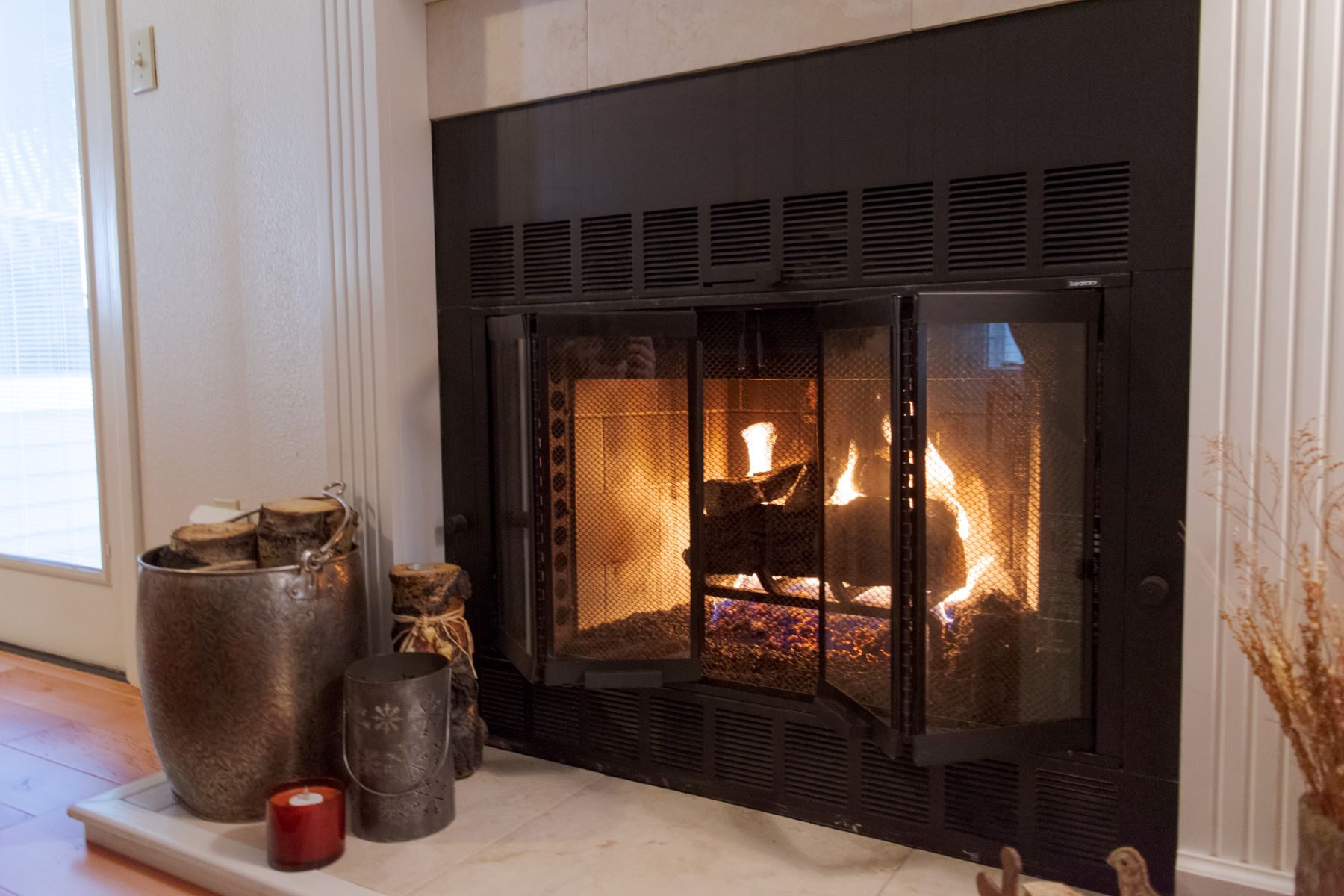


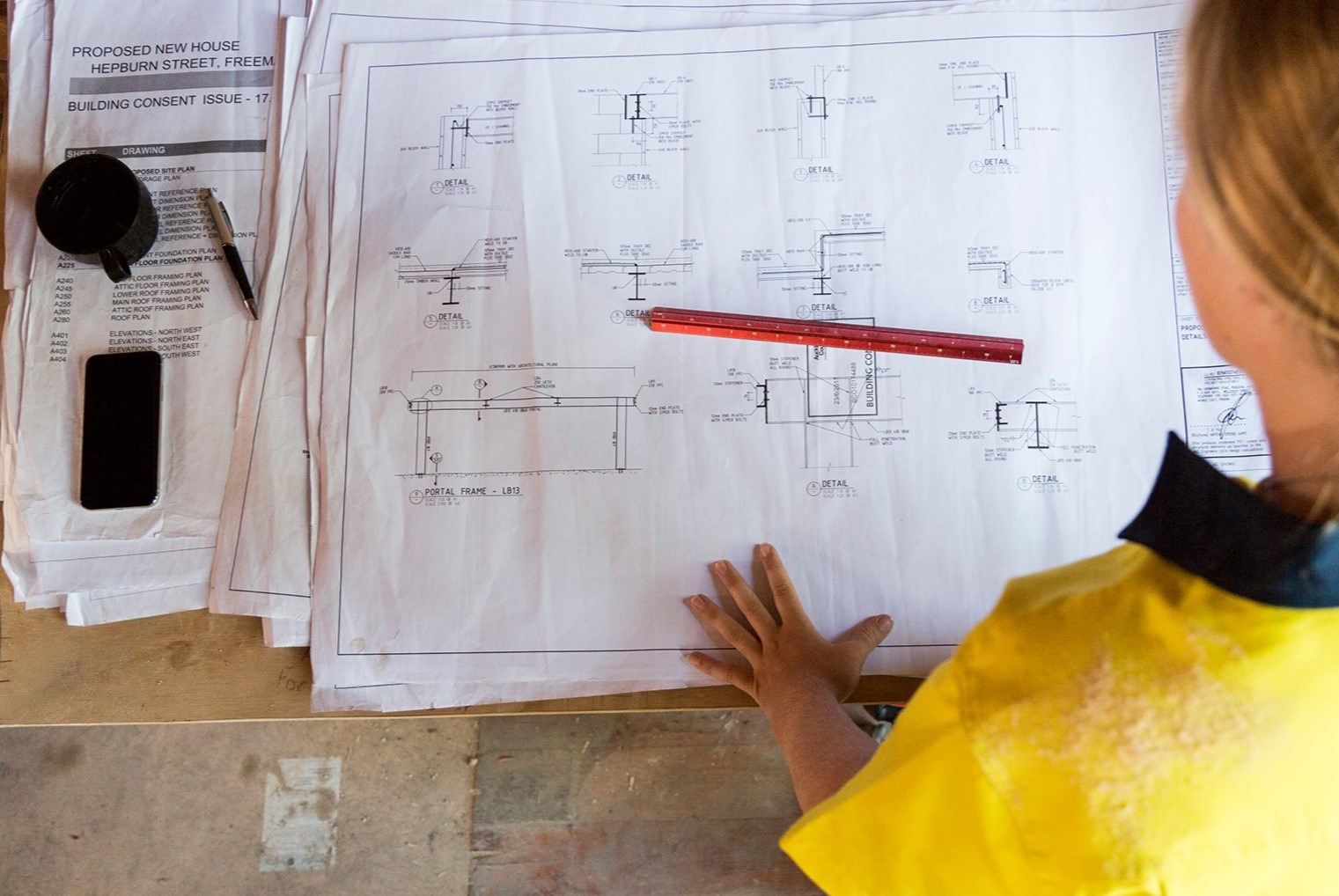

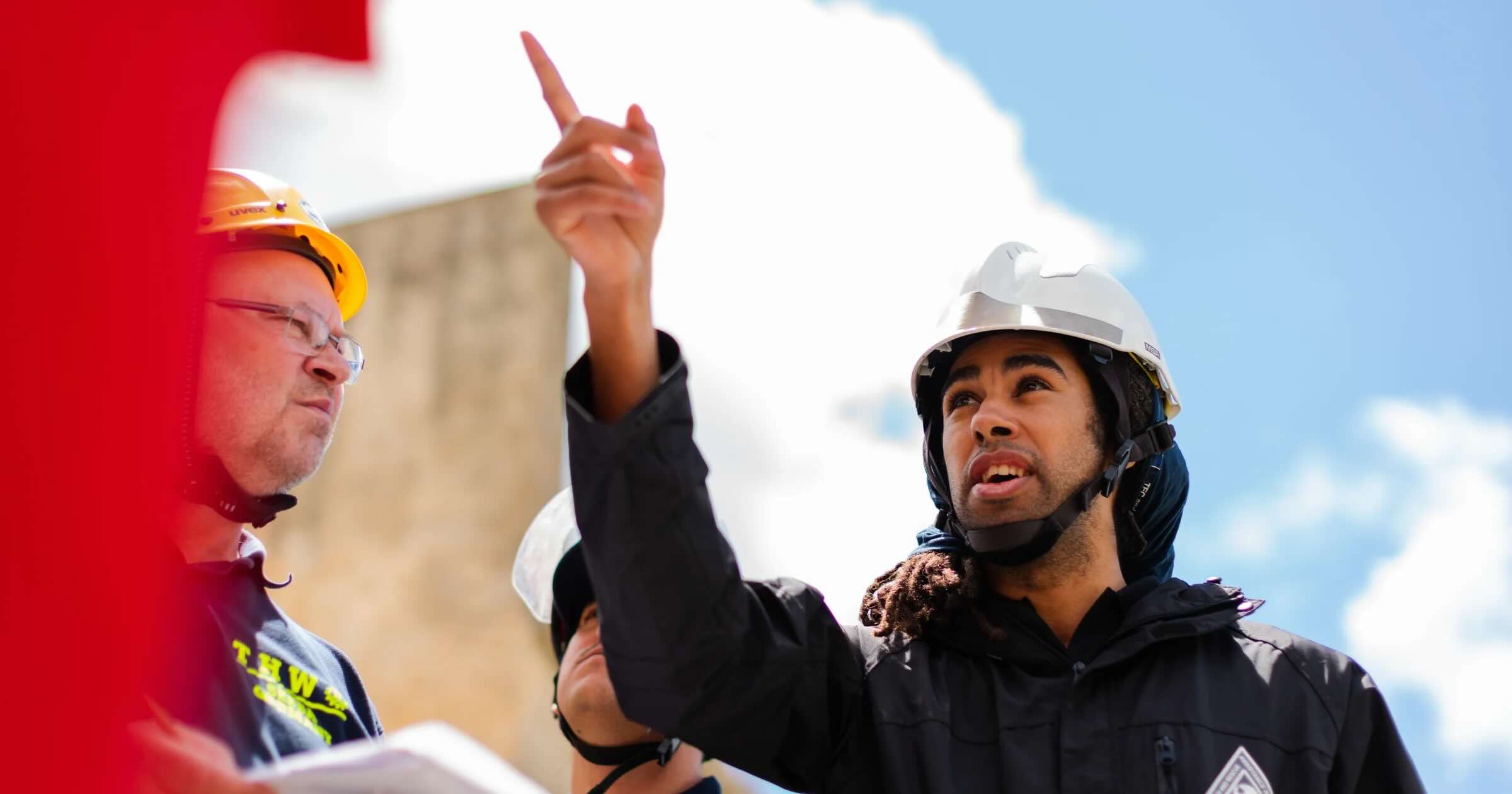
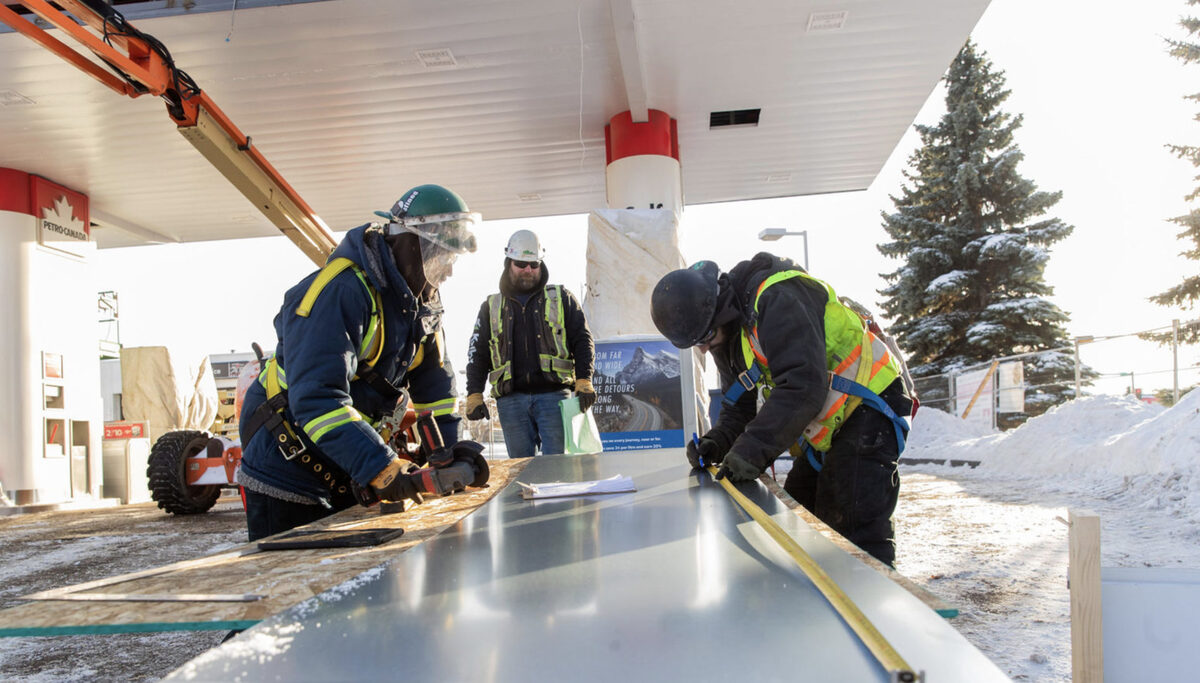


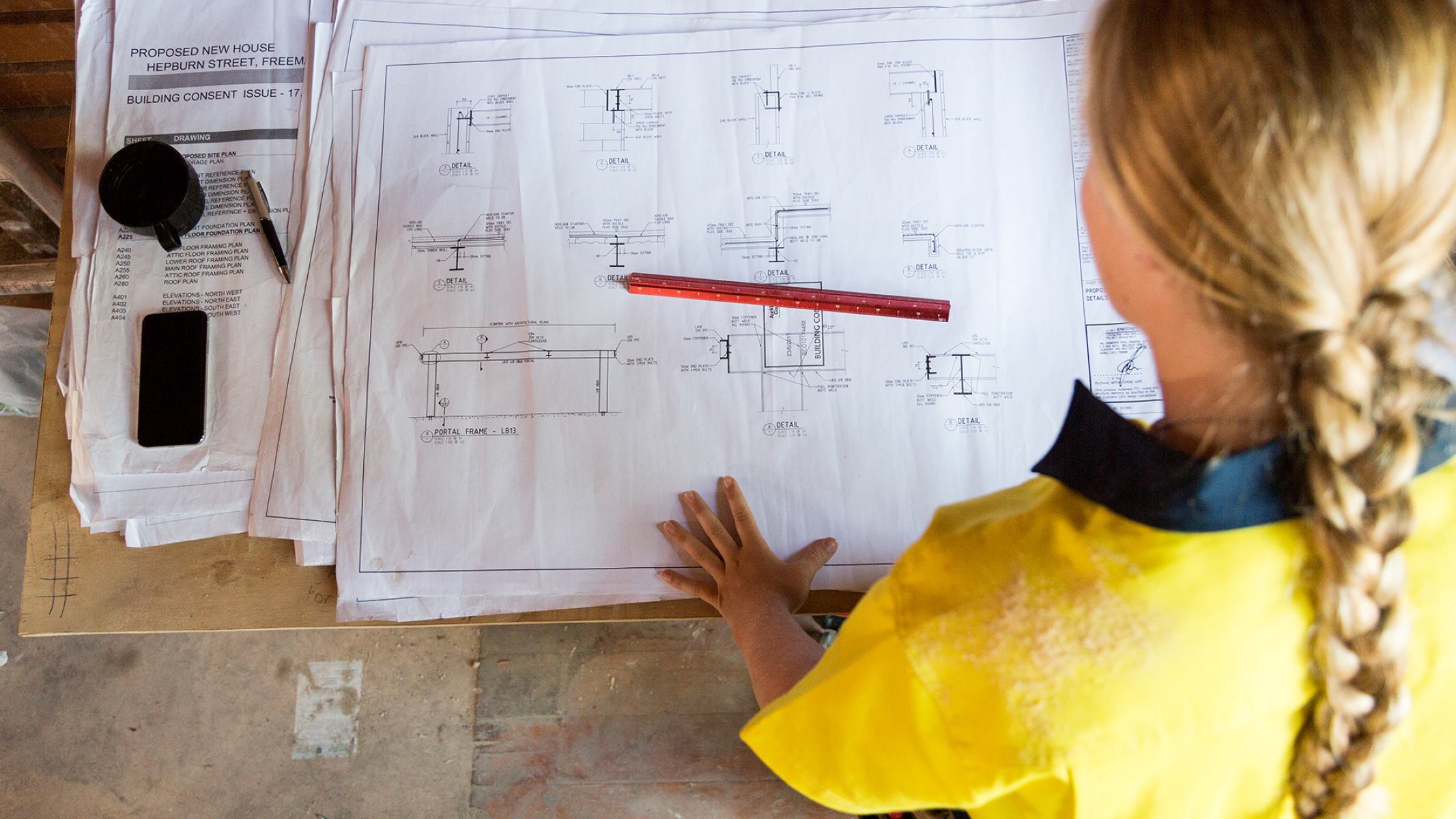





0 thoughts on “How To Become A Glass Blower”